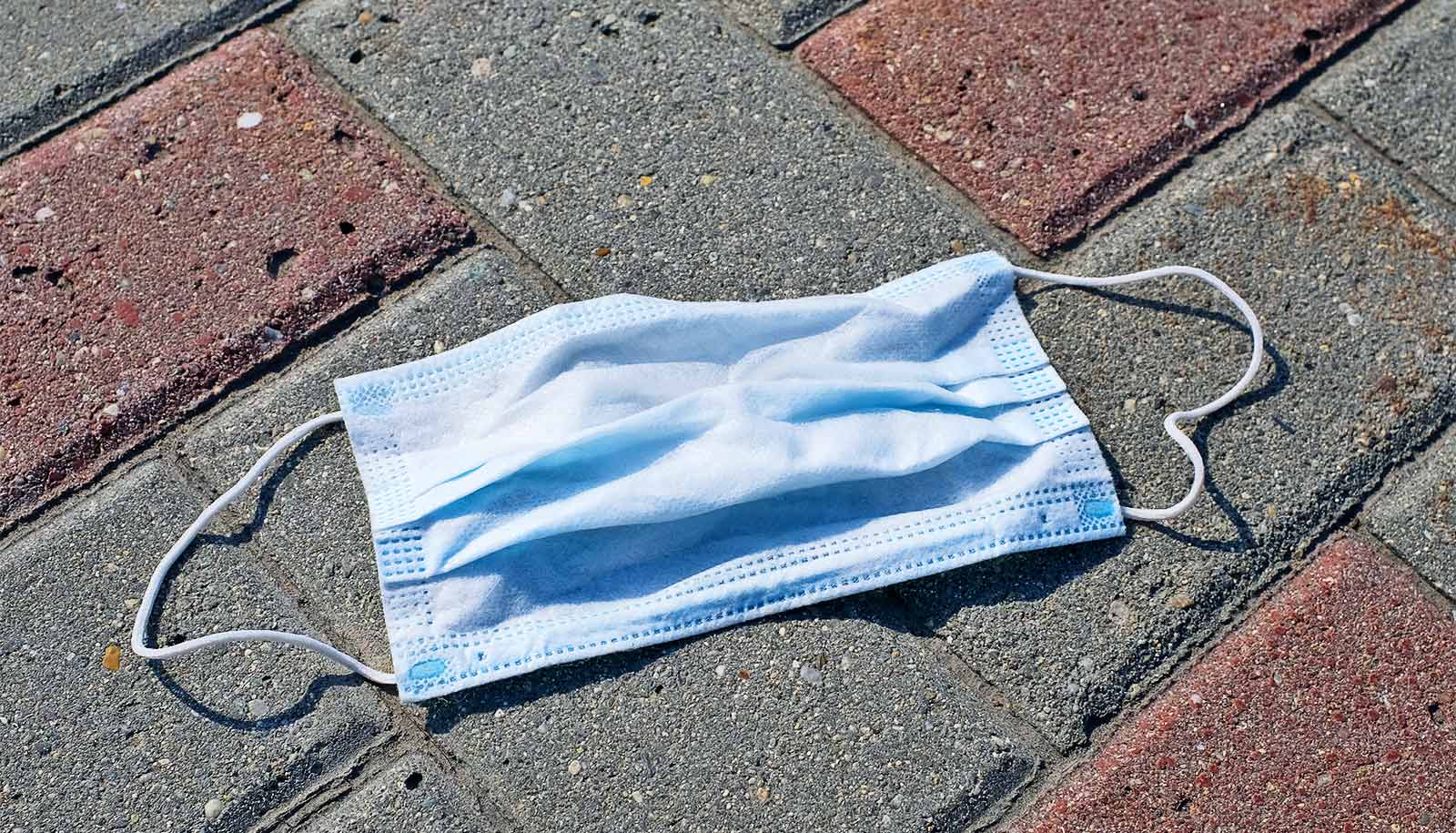A new book explores why COVID-19 deaths disproportionately affected non-white Americans.
Mortality rose across all demographics during first few years of the pandemic, but COVID-19 hit non-white Americans the hardest.
According to the US Census Bureau and the National Center for Health Statistics, the largest increase in mortality in 2020 was among the American Indian and Native Alaskan populations, which saw an increase of 36.7%.
The increase in mortality was 29.7% among Black Americans and 29.4% among Asian Americans. For comparison, the increase in mortality among white Americans was less than 20%.
Melvin Thomas, a professor of sociology at North Carolina State University, is the author and co-editor of the new book Race, Ethnicity and the COVID-19 Pandemic (University of Cincinnati Press, 2023).
Here, he talks about the role that racial inequality played—and continues to play—in shaping health outcomes in the United States.
The term “racial inequality” covers a lot of ground. Which aspects of racial inequality in the United States are most relevant in the context of COVID-19? For example, are we talking about differences in health outcomes? Or are we talking about how inequality in other aspects of society contributed to those different outcomes?
To understand the racial disparities in COVID-19 infections and deaths, we must understand the extent to which they are linked to racial inequalities more broadly.
Persisting racial inequality in terms of income, occupational attainment, employment, and most other measures of socioeconomic well-being reveal the continuing impact of ongoing discrimination on Black, Latino/a, Asian, and Indigenous communities. Thus, racial and ethnic groups in the United States vary in vulnerability to COVID-19.
The entire book is an examination of the role racial inequality played in determining how COVID-19 affected different groups, particularly during the first year of the pandemic. That being said, could you offer a concise overview of the relationship between inequality and the pandemic?
Race and ethnicity are risk markers for other underlying conditions that affect health, including socioeconomic status, access to health care, and exposure to the virus related to occupation (e.g., frontline, essential, and critical infrastructure jobs).
In the United States, the parallel between racial inequality and COVID-19 infections, hospitalization, and deaths is striking. The social determinants of racial disparities in socioeconomic status and the racial disparities in COVID-19 infections and deaths are the same—the impact of contemporary and historical racism.
What was the impetus for this book?
COVID-19 is the most significant virus to touch people of all ethnic backgrounds in the United States since the 1918 influenza pandemic. Ongoing medical and epidemiological research on the nature of the COVID-19 virus is vitally important. However, it is equally important to understand the disparate impact of this pandemic on different social groups and communities.
Now that the book is out, what are you hoping it will accomplish?
We want to provide both hope and strategies for those who are interested in real social change that alleviates suffering and puts us on a path forward to ending systemic racism, which is the root cause of the racial disparities in the impact of COVID-19.
In fact, because racial disparities in COVID-19 infections and deaths clearly map along with other racial disparities in such things as income, wealth, poverty, etc., we can expect future pandemics and traumas to follow the same pattern. Social crises always hit disadvantaged racial and ethnic groups much harder. We must remove all institutional policies and practices that reinforce the racial hierarchy.
Source: NC State


